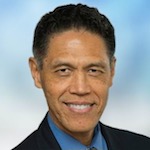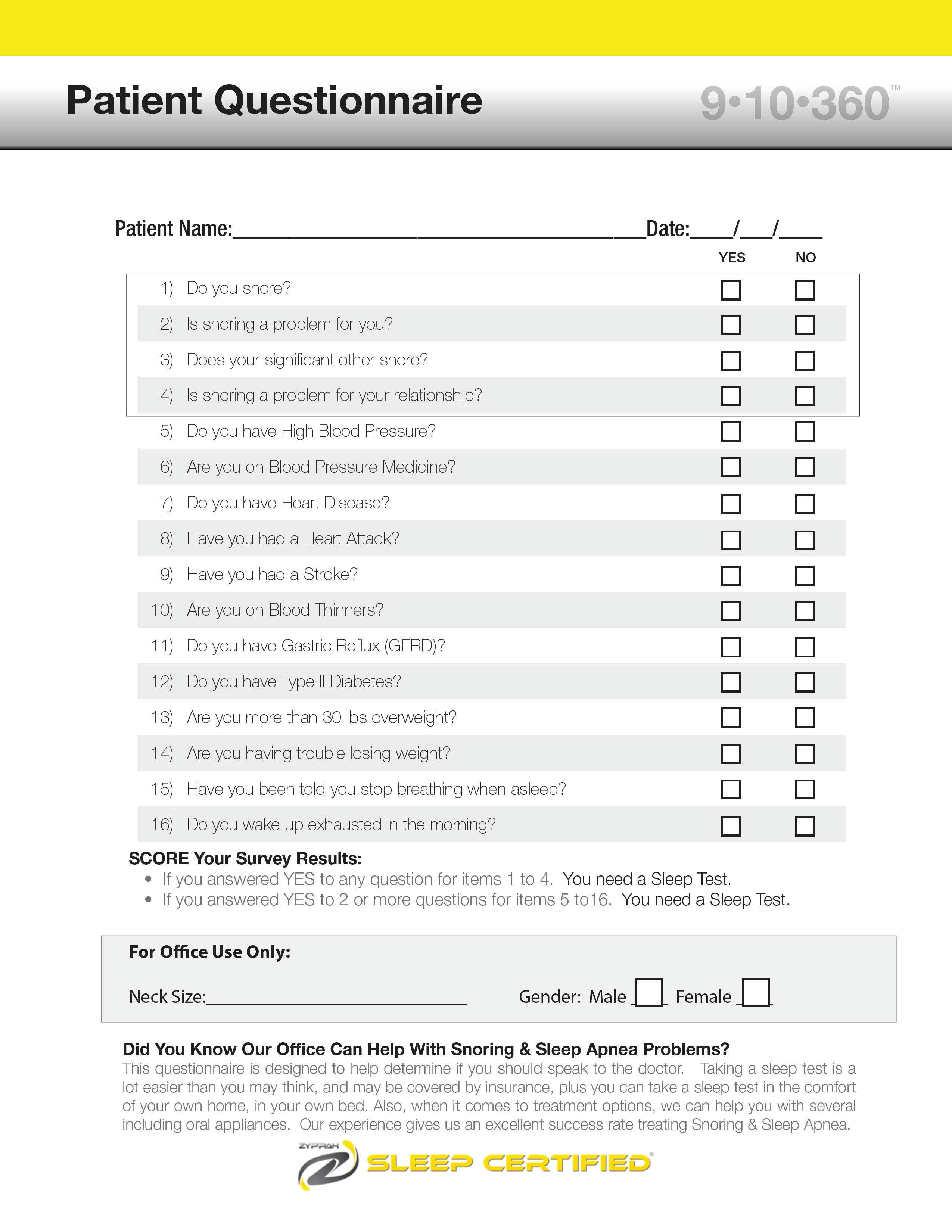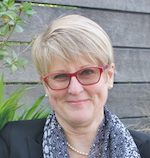August 2018
Spotlight of the Month

Dr. Leo Arellano, DDS
Leo Arellano DDS PC, CA
Dr. Arellano received his DDS degree in 1984 from the University of California in San Francisco where he now resides and maintains a general dental practice that includes cosmetic and implant dentistry. Dedicated to providing superior care, he has studied comprehensive restorative dentistry under Drs. Peter Dawson, Robert Lee, and Frank Spear. His commitment to public and professional service includes lecturing on various topics on cosmetic dentistry, the use of Cone Beam CT technology, and Oral Appliance Therapy for the treatment of Obstructive Sleep Apnea. He maintains a Diplomate status in the American Sleep and Breathing Academy and has been treating sleep breathing disorders since 2010.
Favorite Success Stories:
- • I still hear patients comment on how their physicians were not aware of Oral Appliance Therapy as an alternative to CPAP. One long time patient who was not happy with her CPAP, after the first night was surprised that she was able to get the same level of symptomatic relief of her sleep apnea as with her CPAP. Later, her efficacy sleep study confirmed that her sleep apnea was well controlled with her oral appliance. She now is a great testimonial and resource for our dental sleep medicine practice.
Tips for Treating Patients:
- • A useful tip is to address possible issues before they become complaints or problems. In particular, when I deliver an oral appliance to patients for the first time, before I even try-in the appliance, I talk about how the mouth – lips, cheeks, and tongue – are normally very sensitive to any changes. For example I might describe how a small chip on a tooth always feels huge to a patient’s tongue.
- • Correspondingly, they should expect the oral appliance to feel like a mouthful at first, but most people get used to it quickly. Directly after insertion, they almost always comment that it’s not as big or as uncomfortable as they expected. What a great comment to get rather than having to back pedal and begin rationalizing why it feels so big.
- • Similarly, I describe how the oral appliance should not be so loose as to be easily pulled off their teeth. Otherwise it would not effectively reposition their lower jaw forward. They should expect a comfortable but even snugness to the appliance. Rarely now do I get patients who complain of a tight fitting appliance. So setting up expectations that lead to successful outcomes help patients move forward in the treatment of their sleep apnea.
Dr. Leo Arellano, DDS
Fresh Finds
Featured Course
Forms for Use in Your Office

The addition of treating Sleep Apnea in your office is more than just treating the patients. This course explains the documentation that is necessary for treatment and billing. It also includes how to acquire new patients, how the pre-treatment evaluation and diagnosis works, and, most importantly, how to deal with insurance to avoid delays and be efficient in your practice.
Featured Webinar
How Your Patients Vitamin D Level Affects Their Sleep!
Presented by Dr. Stasha Gominak

Dr. Stasha Gominak will review the clinical connection of vitamin D levels & and your patients sleeping well. Sleep problems come in a variety of flavors; insomnia, sleep apnea, waking up a lot, abnormal body movements during sleep, narcolepsy, sleep paralysis, night terrors, bed-wetting, and just not feeling rested in the morning. Therefore our D level and our ability to sleep normally are linked to our lifespan. No matter what kind of sleep problem is present, not sleeping properly keeps your body from healing.
Bring your questions!
Thursday, August 9th
at 5 PM PST/ 8 PM EST.
People with Epilepsy May Gain from Common Sleep Apnea Treatment
(HealthDay)—It’s been used by many people to help ease sleep apnea, but new research suggests the CPAP mask may also help ease seizures in people with epilepsy.
“Sleep apnea is common in people with epilepsy, but few physicians screen for it,” explained lead investigator Dr. Thapanee Somboon, a research fellow at the Cleveland Clinic’s Sleep Disorders Center.
“All patients with epilepsy should be checked for sleep disorders, including insomnia and sleep apnea, because there are effective treatments,” Somboon said in a news release from the American Epilepsy Society.

